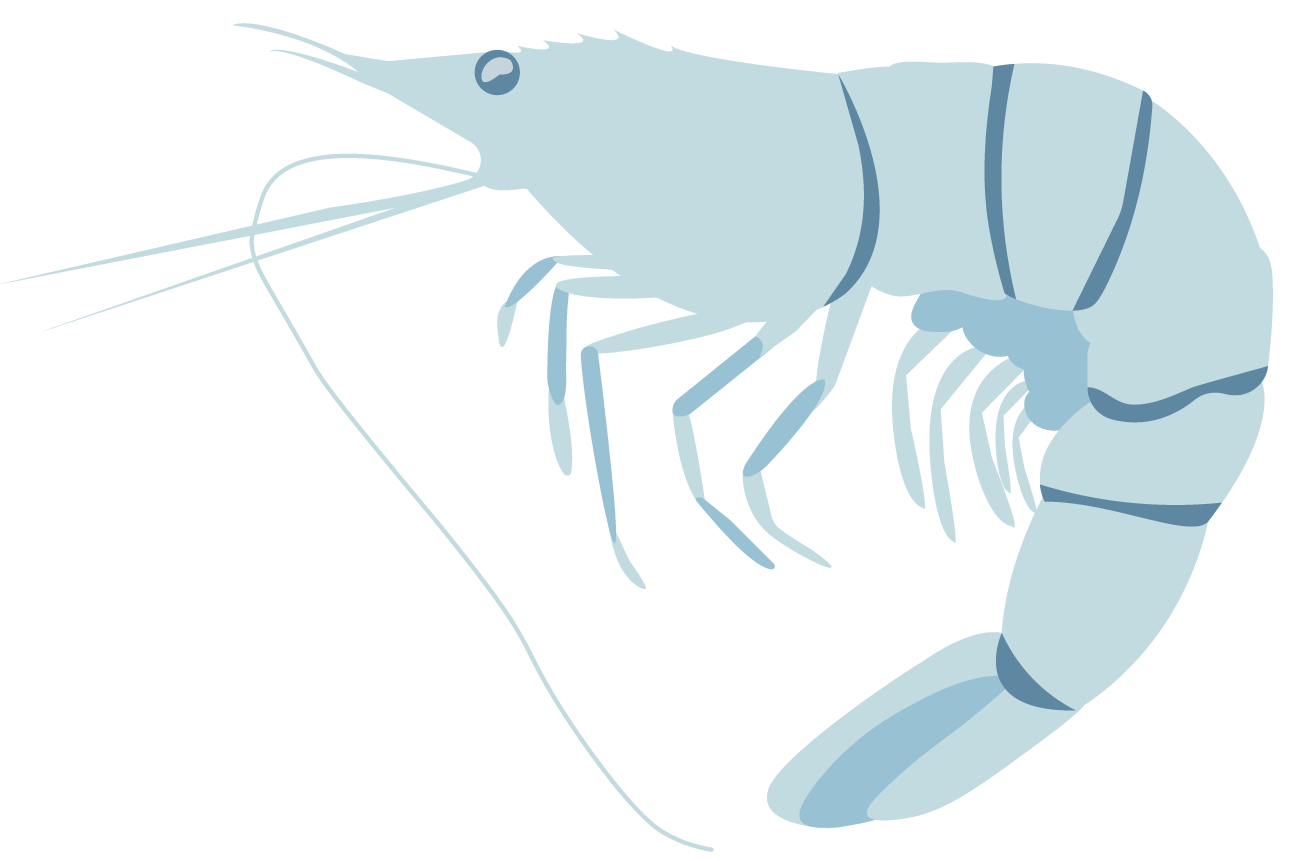Overview
Mexico´s Pacific Coast shrimp fishery is one of the country´s most important fisheries. It is first in terms of the
commercial value of the harvest from the industrial and small-scale fleets and generates the most jobs directly
and indirectly (approximately 37,000) (SAGARPA, 2013). La Encrucijada Biosphere Reserve (REBIEN, for its
acronym in Spanish) is a 144,868-hectare coastal protected area that includes environmental lakes, coastal
lagoons, and mangrove ecosystems. It is located in the Gulf of Tehuantepec the southern state of Chiapas, close
to the border with Guatemala. Fishing activities are the main sources of protein and livelihood for the local
communities and approximately 18 small-scale cooperatives (600 fishermen) hold permits and/or concessions
for shrimp and finfish, in the REBIEN (SEMARNAT-CONANP 2009; Rodríguez-Perafán, 2014; Armengol et al.,
2021). White shrimp (Litopenaeus vannamei) is the most important commercial species due to its price and
average annual production (~2,800 tons) (SAGARPA 2006).
This FIP will begin with the participation of three cooperatives, however, the incorporation of other cooperatives
is expected as the benefits from engaging in the FIP become evident. The participating cooperatives -SCPP
Topón, SCPP El Carrizal, and SCPP El Castaño- include over 200 members and land approximately
150 tons of white shrimp annually. Each of these cooperatives has a concession with multiple fishing areas
where the fishers use cast nets as their main fishing gear. The cooperatives harvest shrimp three or four times
during the year, and the rainy season (May-September) is the most important in terms of production
(CONAPESCA 2015). The cooperatives have established well-enforced internal measures to manage the shrimp
fishing efforts, including voluntary seasonal closures that the cooperatives determined by monitoring the size and
weight of the shrimp and a limited time window for harvests (4 or 5 hours per day). Due to these measures, the
three cooperatives have observed stability in the annual average of their white shrimp catch for the last five years
(~35 tons), however, they recognize the need for better management and harvest practices.
There are no specific policies or management measures for the white shrimp fishery in the REBIEN. In addition,
the pre-assessment has identified other challenges such as data collection, harvest strategy, specific objectives,
and bycatch rates. Very limited value is added to harvests locally and as part of the FIP activities, the
cooperatives will receive support to improve quality, add value, and transition to more formal market segments
that compensate for their fishery management efforts.
Mexico´s Pacific Coast shrimp fishery is one of the country´s most important fisheries. It is first in terms of the
commercial value of the harvest from the industrial and small-scale fleets and generates the most jobs directly
By December 2027, this FIP will work towards completing the following objectives:
1. Implement a Monitoring Program for artisanal white shrimp fishing.
2. Define a comprehensive management strategy aligned with the indicators of Principle 1 of the MSC standard.
3. Strengthen the governance framework of the fishery.
4. Identify the impacts of the fishery on species, habitats, and ecosystems.
FIP at a Glance
| 25% | 25% | 7% | 43% |
This pie chart represents completed environmental actions. Non-completed environmental actions may contain completed sub-tasks that are not illustrated here. For more information on environmental action progress visit the Actions Progress tab.
- Complete
- Incomplete
TraceabilityEcosystemOther

